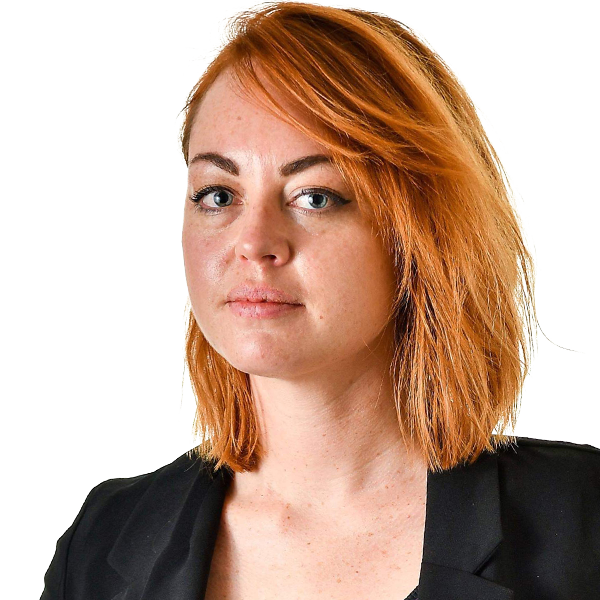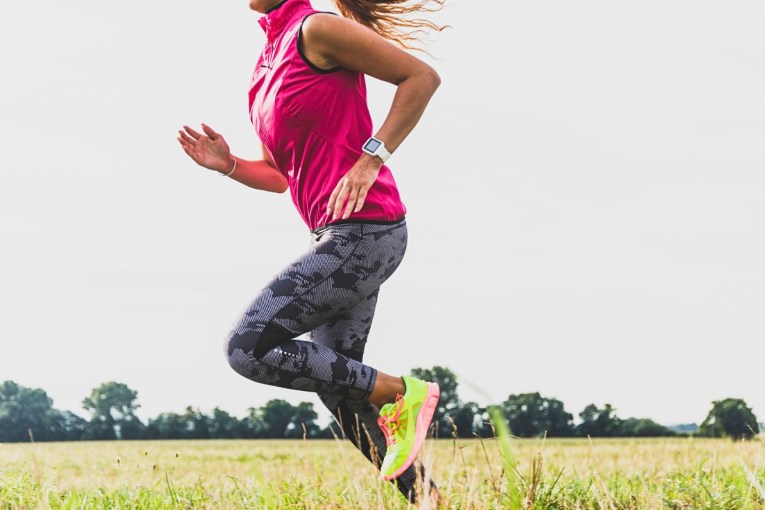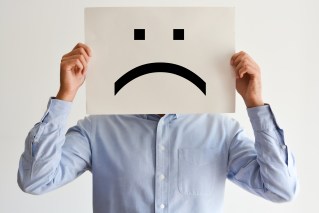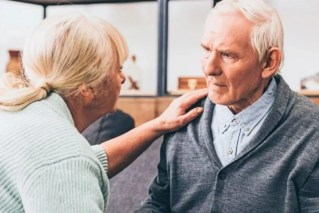Yoga for stress: How it compares to traditional treatment

The idea of yoga conjures a serene face, eyes closed with a Mona Lisa smile while whale music plays softly in the background.
For centuries it has been practised, and more recently marketed as the natural way to wind down and reconnect.
But how effective is it really, in treating anxiety?
A downward dog here and there can help ease a troubled mind, research out of the US has found. What’s more, it helps one gender more than another.
However, it’s no replacement for psychotherapeutic help, the study went on to uncover.
As barriers to seeking medical help for generalised anxiety disorder increase in cost and access, more people are turning to individually controlled treatments for their health, the team from New York University Grossman School of Medicine said.
More than 14 per cent of the US population practises yoga for its health benefits, they said – most commonly a combination of physical postures and exercises, combined with breathing techniques and meditation/mindfulness practices.
There’s some effectiveness to mindfulness in lessening the effects of anxiety disorders, but the direct benefits of yoga itself are less clear, the team said.
And so, they gathered 200-odd adults and sought to find an answer.
Stretch before entering
The team had three treatments to trial against each other: Kundalini yoga, cognitive behavioural therapy, and stress education.
The yoga treatment component involved a series of posture and physical exercises, meditation and mindfulness and education about yoga theory and philosophy.
Cognitive behavioural therapy – CBT, known as the ‘gold standard’ for treating general anxiety disorders – was delivered in a best-practice form, but steered clear of direct mindfulness exercises.
- Related: Weird and wonderful yoga hybrids
Stress education was used as the control measure and involved lectures (yuck) on the physical and mental tolls of stress, and the lifestyle factors that can increase stress – like lifestyle habits and drug and alcohol intake.
The participants were split across the three fields and partook in 12 120-minute sessions of each treatment.
They were assessed when they finished the treatment, and then a second time six months down the track.
And step forward into the results
CBT remained the most effective treatment in the study at post-treatment assessment and the follow-up, but there were some surprises in the findings.
Researchers reported women responded better to yoga as a stress reliever than men.
There was enough curious findings from the yoga team for the researchers to suggest further studies into which particular qualities of the practice best alleviate the symptoms of generalised anxiety disorder.
There is scope, they say, for yoga to sit as a complementary treatment for the disorder with CBT as the primary.
The research was published on Thursday in JAMA Psychiatry.








